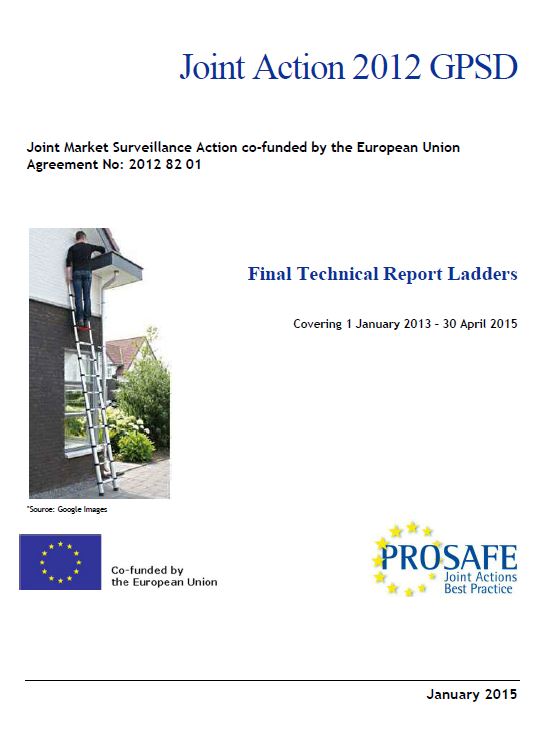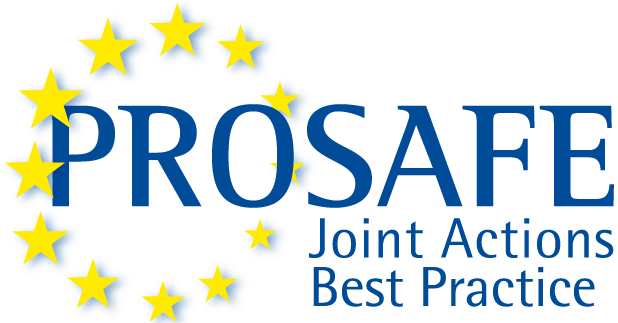JA2012 - Ladders 2
The primary goals of the JA2012 on Ladders were to: collect data on the EU market for telescopic, multi-hinged and other unusual ladder types; assist the development of improved safety standards as none currently exist for telescopic type ladders (note there is a draft EN standard which is expected to be published during 2015, however there is a view that this new standard may not be sufficient); build knowledge on the relevant ladder standard tests already in place; and to find out the degree to which ladder samples on the market can be considered safe. The Member States (MS) who were involved in this specific Activity were the Czech Republic, France, Iceland, the Netherlands and Slovenia.
The approach to the Activity was typical in that the participating Market Surveillance Authorities undertook to: study the participating members’ national markets for the appropriate types of ladders to produce a market survey; use this data to make decisions on sampling; visit manufacturers/importers/wholesalers to inspect and collect products; test all the ladder samples at an appropriately skilled laboratory; carry out harmonised risk assessments for each ladder tested; undertake follow-up actions on non-compliant products; and report on actions taken.

Final Technical Report
Please click on the picture to download a copy of the final technical report. The report gives an overview of the activities done throughout this particular project, highlighting not only the test results but also the recommendations and conclusions which can be found at the end of this report.
